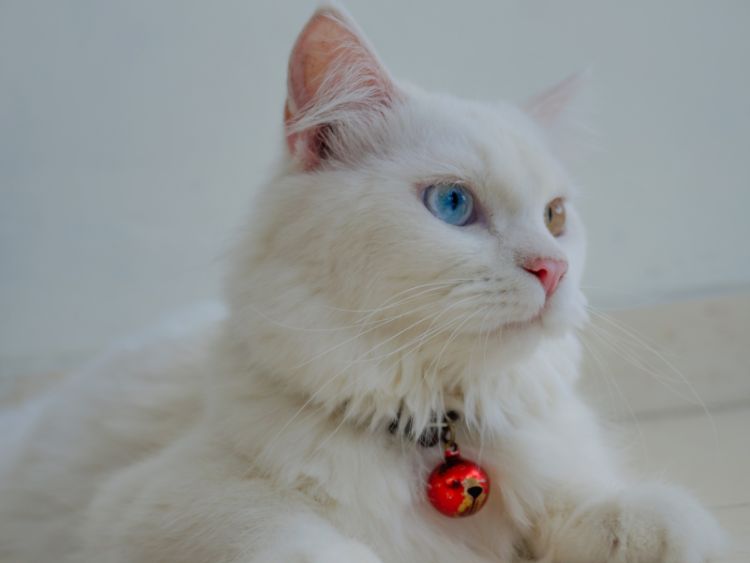When our feline friends start acting out of the ordinary, it’s not just curiosity that gets the better of them—it could be a sign of something more. Diabetes in cats, much like in humans, is a condition that can drastically affect their behavior and overall well-being. This guide aims to shed light on diabetic cat behavior, offering insights into what changes you might notice and how you can help your furry companion navigate through these challenges. So, let’s dive in and understand what’s going on with your diabetic cat, shall we?
What is Diabetes in Cats?
Before we delve into the behaviors, let’s quickly understand what we’re dealing with. Diabetes mellitus in cats is a condition where the body either doesn’t produce enough insulin or doesn’t use it efficiently, leading to high blood sugar levels. This can cause a variety of symptoms and changes in behavior, which are crucial for pet owners to recognize.
Recognizing Diabetic Cat Behavior
Cats are masters of disguise, especially when it comes to hiding discomfort or illness. However, there are telltale signs that you can watch out for. Here’s what might indicate your cat’s behavior is being influenced by diabetes:
- Increased Thirst and Urination: Your cat might start drinking water as if it’s going out of style and consequently, use the litter box more frequently.
- Change in Appetite: This could go either way—some cats might turn up their noses at their food, while others might seem like they can’t get enough.
- Weight Loss: Despite an increased appetite, weight loss is a common sign.
- Lethargy: If your once energetic cat is now the poster child for laziness, it’s worth paying attention.
- Weakness in Hind Legs: Diabetes can affect the nerves, leading to weakness or even a noticeable change in how they walk.
How Diabetes Affects Cat Behavior
Understanding the connection between diabetes and your cat’s behavior is key to managing the condition effectively. Here’s the scoop:
- Thirst and Hunger: Due to the body’s inability to use glucose properly, your cat might feel an insatiable need to eat and drink.
- Restlessness or Irritability: Just like humans, feeling under the weather can make cats grumpy or restless.
- Lethargy: High blood sugar levels can sap your cat’s energy, making them less inclined to play or move around.
Managing Diabetic Cat Behavior
Here’s where you come in. Managing your cat’s diabetes and helping them adjust requires patience, love, and a bit of know-how:
- Consistent Medication: If your vet prescribes insulin, consistency is key.
- Dietary Adjustments: A high-protein, low-carb diet often works wonders.
- Regular Exercise: Encourage playtime to keep your cat active and healthy.
- Monitoring: Keep an eye on their behavior and physical condition, noting any changes.
- Vet Visits: Regular check-ups are essential to manage the condition effectively.
FAQs
Q: Can diabetes in cats be reversed? A: In some cases, with proper diet and medication, cats can achieve remission, meaning they no longer require insulin injections.
Q: How long can a diabetic cat live? A: With proper management, diabetic cats can live healthy lives for many years.
Q: Is diabetes painful for cats? A: Diabetes itself isn’t painful, but complications that arise from unmanaged diabetes can cause discomfort.
Summary
Navigating the world of diabetic cat behavior might seem daunting at first, but understanding and recognizing the signs can make a world of difference. By staying informed and proactive, you can ensure your cat remains happy, healthy, and vibrant, despite diabetes. Remember, you’re not alone in this—your vet, fellow cat owners, and a myriad of resources are there to support you every step of the way. So, take a deep breath, give your cat an extra cuddle, and embark on this journey with confidence. Your feline friend is lucky to have you!



